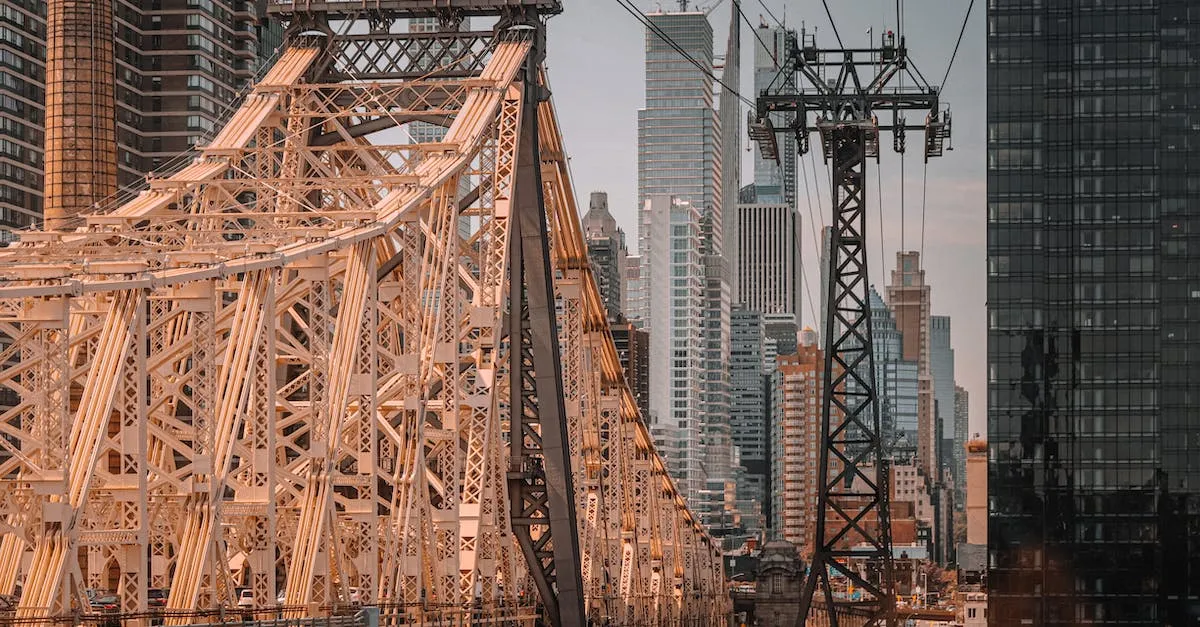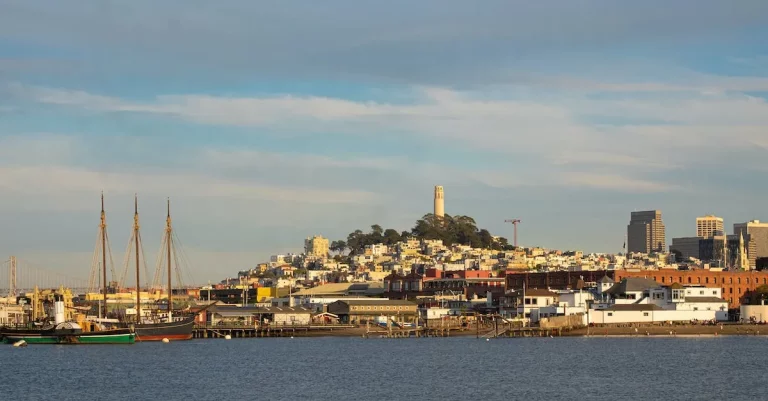Why A Tsunami In New York City Is Virtually Impossible
Tsunamis are a constant source of fascination and fear, thanks largely to dramatized Hollywood disaster movies. Many wonder if a catastrophic tsunami could strike an iconic coastal city like New York. At first glance New York City’s proximity to the Atlantic Ocean may seem concerning. However, the geography and tectonic setting of the Northeast U.S. virtually rules out the possibility of significant tsunami damage in New York City.
If you’re short on time, here’s a quick answer to your question: Due to its location on the passive continental margin of North America and lack of nearby subduction zones or major faults, a damaging tsunami in New York City is considered impossible by experts.
New York’s Tectonic Setting Prevents Tsunami Formation
New York City, nestled along the eastern coast of the United States, is not typically considered at risk for tsunamis. This is due to several factors related to the tectonic setting of the region.
Passive instead of active margin
New York City is situated on what is known as a passive margin, which means it is not located near any active tectonic plate boundaries. Unlike areas along the Pacific Ring of Fire, where frequent earthquakes and volcanic activity can trigger tsunamis, New York City experiences relatively little seismic activity.
The lack of active fault lines and subduction zones greatly reduces the likelihood of a tsunami occurring in the region.
No history of tsunamis in the region
Furthermore, there is no recorded history of tsunamis affecting New York City or its surrounding areas. Historical records dating back hundreds of years show no evidence of destructive tsunamis striking the region.
This, combined with the absence of significant seismic activity, provides further support for the notion that a tsunami in New York City is virtually impossible.
While it’s important to remain prepared for natural disasters, such as hurricanes or severe storms, the risk of a tsunami hitting New York City is extremely low. The city’s tectonic setting and historical data give residents and visitors alike peace of mind when it comes to this particular natural disaster.
New York’s Geography Dissipates Tsunami Energy
When it comes to the possibility of a tsunami hitting New York City, residents can breathe a sigh of relief. The unique coastal geography of the area makes it virtually impossible for a tsunami to occur with devastating consequences.
Let’s take a closer look at some key factors that contribute to this:
Long Island and Sand Bars Offshore
One of the main reasons why a tsunami in New York City is highly unlikely is the presence of Long Island and the sand bars that lie offshore. These natural barriers serve as a buffer, dissipating the energy of any potential tsunami waves.
As the waves encounter these obstacles, they lose power and are significantly reduced in height and intensity.
Gentle Continental Shelf Slope
Another important factor is the gentle slope of the continental shelf off the coast of New York City. Unlike areas with steep continental shelf slopes, which can amplify tsunami waves, the gradual slope in this region helps to disperse the energy of any incoming waves.
This means that even if a tsunami were to reach the coast, it would be significantly weakened by the time it reaches the city.
Narrowing Bay and Harbor
The narrowing of the bay and harbor areas also plays a crucial role in minimizing the risk of a tsunami in New York City. The restricted space limits the amount of water that can enter, reducing the potential for large waves to form.
Additionally, the numerous channels and islands in the bay act as natural barriers, further dissipating the energy of any incoming tsunami waves.
It is important to note that while the chances of a devastating tsunami hitting New York City are extremely low, it is still essential to remain prepared for other natural disasters that the region may be susceptible to, such as hurricanes or severe storms.
Stay informed, have an emergency plan in place, and be ready to take appropriate action if necessary.
Tsunami Monitoring and Warning Systems
NOAA tsunami monitoring
The National Oceanic and Atmospheric Administration (NOAA) plays a crucial role in monitoring and issuing warnings for tsunamis in the United States. They operate a network of buoys and tide gauges that constantly monitor oceanic conditions for any signs of a potential tsunami.
These buoys are equipped with sensors that can detect changes in water level and pressure, providing valuable data to help predict and track tsunamis.
NOAA also maintains a dedicated Tsunami Warning Center that continuously analyzes seismic data from around the world. By monitoring earthquake activity, they can quickly assess if there is a potential for a tsunami to occur.
If a significant earthquake is detected, NOAA can issue warnings to potentially affected areas, giving residents and authorities time to evacuate and prepare.
For more information on NOAA’s tsunami monitoring efforts, visit their official website https://www.tsunami.noaa.gov.
Advanced computer modeling
Another vital component of tsunami monitoring and warning systems is advanced computer modeling. Scientists use sophisticated computer models to simulate and predict the behavior of tsunamis based on various factors, such as earthquake magnitude, location, and oceanic conditions.
These models take into account data from seismic sensors, oceanic buoys, and other sources to generate highly accurate predictions of tsunami wave heights, arrival times, and potential impact areas. This information is crucial for emergency management agencies and local authorities to make informed decisions and issue timely warnings.
By continuously improving and refining these computer models, scientists can enhance their ability to accurately forecast tsunamis, reducing the risk of false alarms and providing more precise information to those in harm’s way.
For more information on the advanced computer modeling used in tsunami prediction, you can visit the official website of the Pacific Tsunami Warning Center at https://ptwc.weather.gov.
Conclusion
While infamous tsunamis have caused catastrophic damage in other coastal cities around the world, New York can rest easy. The city’s offshore geography and tectonic setting fundamentally prevent the formation of tsunamis. Continuous monitoring and tsunami detection systems provide further assurance that New York residents would have ample warning if a tsunami ever did approach the region.








